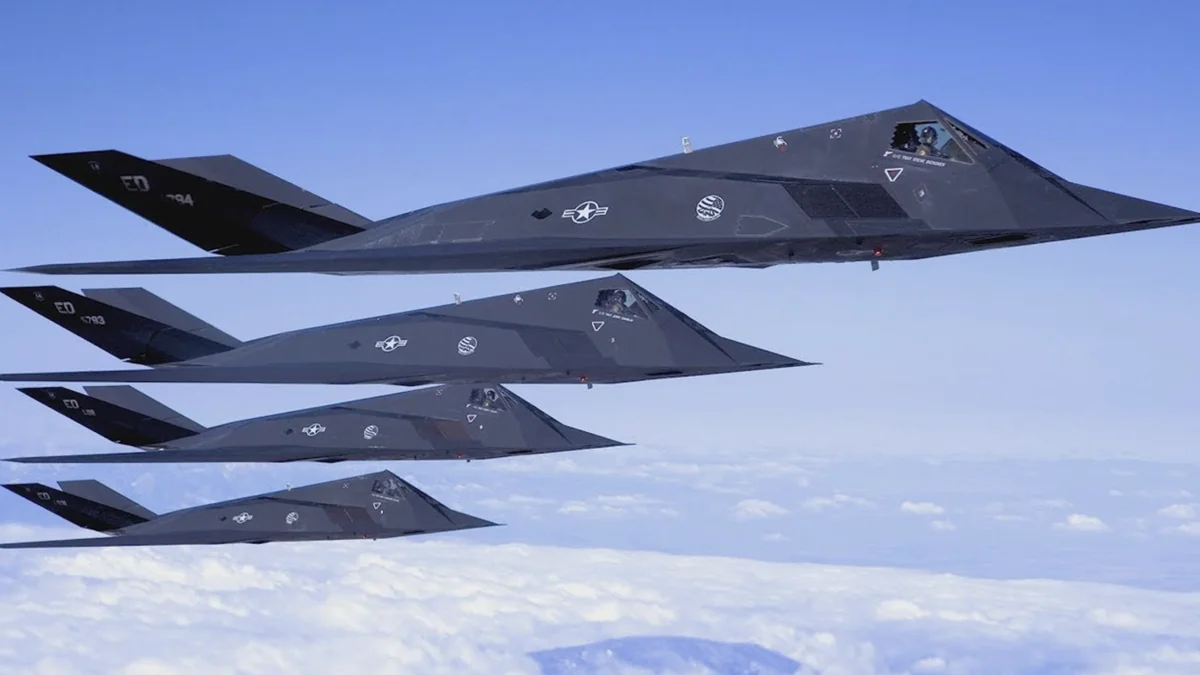Stealth aircraft have become a reality. They are widely written about and featured in blockbuster movies. Today, let’s try to understand what stealth technology is and how it makes these planes invisible.
TABLE OF CONTENT:
Introduction and terms
Invisibility has long been one of humanity’s dreams. In old fairy tales, it was achieved with magic rings or invisible hats.
The term “Stealth” is usually used to refer to modern aircraft that can’t be detected by radar, but it’s a much broader concept. It encompasses technologies that allow various objects to be hidden from sight and from different devices, including radar waves or thermal imaging.
The discovery of stealth technology ushered in a new era of military competition in the airspace. Does this mean that planes are completely invisible? Not exactly, but up to a certain point, they remain practically undetectable by enemy air defense radars. These few seconds provide a tactical advantage, allowing the aircraft crew to carry out their mission and ultimately influence the course of the war.
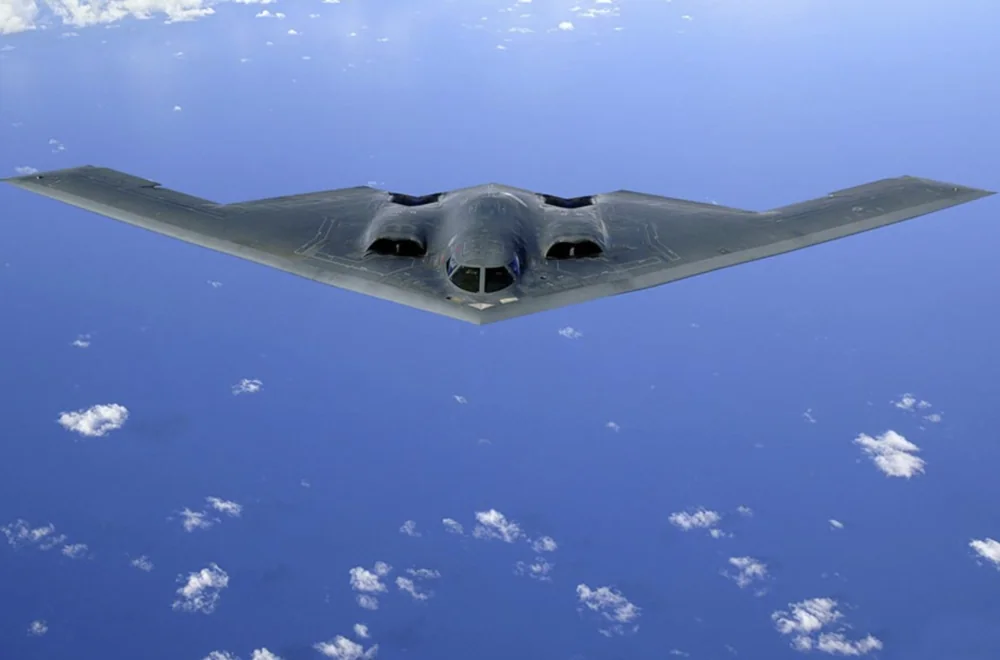
In this article, we will delve a little deeper into the secrets of stealth technology, learning about the principles of operation and key elements of this technology, such as special coatings that absorb radar waves, innovative shape and layout of aircraft surfaces, and reduction of heat emission and heat signature. We will learn how these elements combine to minimize the radar signature and provide the stealth aircraft with an extremely low detection threshold.
We will also explore the use of stealth aircraft in various situations, such as reconnaissance missions, air operations, and the protection and support of ground troops. We will assess their effectiveness and relevance to modern warfare, as well as the impact they have on military strategy.
Read also: Best Ukrainian Military UAVs, Part 1: Reconnaissance and Targeting
History of stealth technology
What could possibly connect a Soviet physicist with American stealth aircraft? The connection is quite close.
In 1962, the publishing house “Soviet Radio” released a book by Soviet physicist Petr Ufimtsev titled “Method of Edge Waves in the Physical Theory of Diffraction.” In it, the physicist shared his thoughts on aviation, radio engineering, and related technical aspects. However, the most significant thesis was the conclusion that the shape of an object determines how radio waves are reflected from it.
Interestingly, Soviet aircraft designers ignored the potential of this discovery and did not see any military application for it. The same cannot be said for their competitors in the USA. They secretly translated the book into English and saw in it a key idea that would later change the principles of aircraft design. Engineers at Lockheed Martin Corporation, the same ones who developed the first fighter jet during World War II, recognized a whole range of possibilities before them. Thus, the Soviet model of electromagnetic wave diffraction became the cornerstone of Western stealth technology.
Read also: Autopilot in Aircraft: History and How It Works
What is stealth technology?
Stealth technology, also known as low-visibility technology, is a set of advanced methods and strategies aimed at minimizing the detection of an object by radar systems. This technology is widely used in the construction of combat aircraft, preventing their detection by enemy radar.
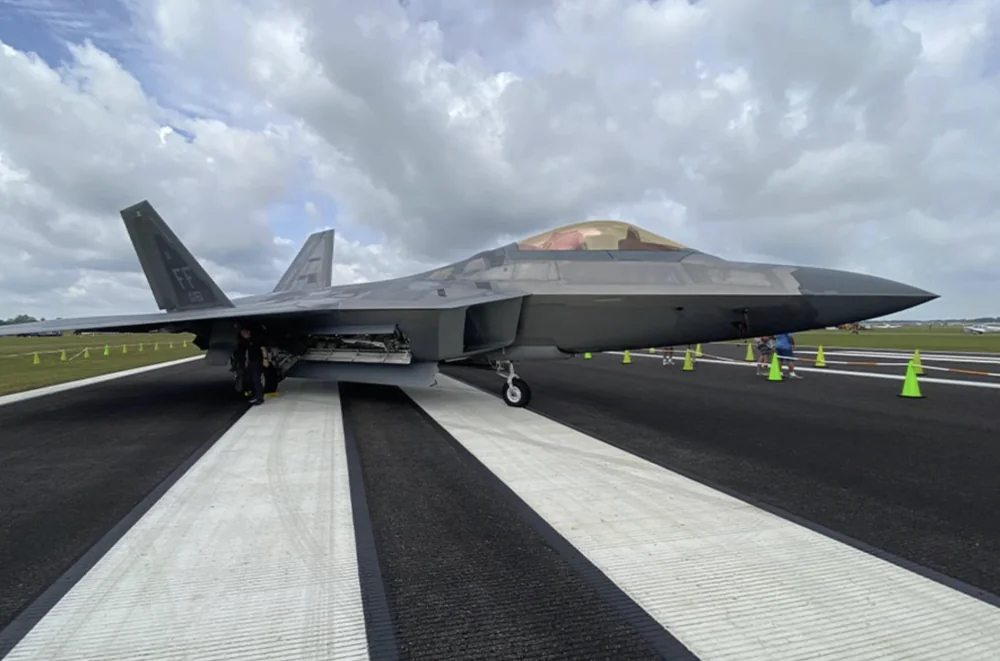
The development of stealth technology began during World War II, when radar became a widely used military tool. It became clear that traditional metal aircraft were excellent at reflecting radio waves, making them easily detectable by radar. Initially, Germany and later the United States began working on technology to reduce the radar visibility of aircraft.
How radar works
Щоб зрозуміти, як літак-невидимка уникає радарів, ми повинні спочатку зрозуміти, як працюють самі радари. Радар – це абревіатура від Radio Detection and Ranging. Основна функція радара – посилати імпульси радіохвиль у певному напрямку і вловлювати радіохвилі, які відбиваються від поверхні об’єкта, а потім повертаються в систему радіолокатора.

When a radio wave encounters an obstacle, such as an aircraft, it is reflected back. The radar measures the time it takes for the radio waves to travel from the antenna to the aircraft and back. Based on this measurement, the radar calculates the distance to the aircraft and other information, such as its speed, direction, and the size of the target.
Basic elements of stealth technology
Stealth aircraft employ a range of advanced technologies and materials to minimize radar detection. There are three main elements that contribute to the effectiveness of stealth technology: radar-absorbing coatings, the shape and configuration of the aircraft’s surface, and the reduction of heat emissions and thermal signature. Let’s take a closer look at these key elements of stealth technology.
Radio-absorbing coating

Stealth aircraft are covered with special materials that absorb radar waves. These materials, known as Radar Absorbing Materials (RAM), effectively reduce the reflection and scattering of waves, thereby minimizing the radar signature of the aircraft. The electrical and magnetic properties of RAM materials, such as paints with iron particles, enable them to absorb radar waves and reduce their reflection.
Shape and configuration of the plane’s surface
Stealth aircraft have distinctive shapes and surface configurations that reduce radar wave reflection. Instead of rounded surfaces, stealth aircraft feature flat surfaces and sharp edges. These shapes cause radar waves to be deflected at angles, decreasing the likelihood of detection by radar.

Reduced heat generation and heat signature
Stealth aircraft developers also aim to minimize heat emissions and thermal signatures. By using insulation materials, cooling systems, and other technologies, these aircraft become harder to detect by infrared detection systems.
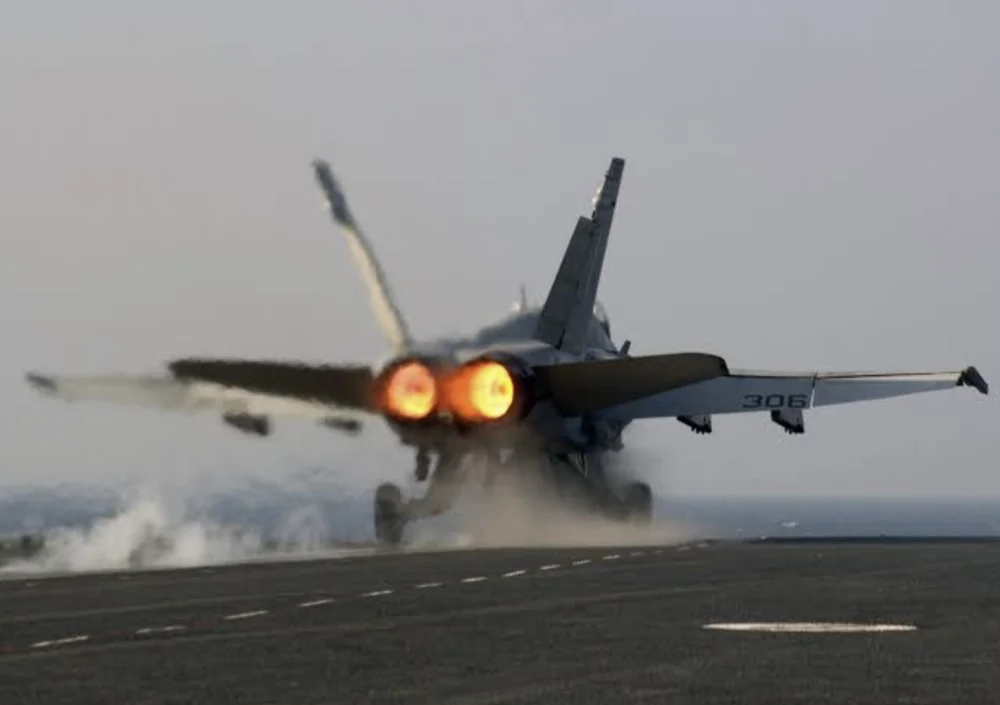
By utilizing these key elements, aircraft can achieve significantly lower radar visibility, greatly increasing their chances of avoiding detection by enemy radars.
The use of stealth aircraft
Stealth aircraft play a crucial role in modern military operations due to their ability to avoid radar detection. Here are some of their primary applications:
Reconnaissance missions
Stealth technology enables extensive use of aircraft in reconnaissance missions. Their ability to avoid detection allows them to approach enemy areas unnoticed, gather information, and monitor enemy activities from close range. These aircraft, which are virtually undetectable, can operate effectively in areas where traditional aircraft would be vulnerable to detection and interception. Reconnaissance missions of stealth aircraft are crucial for gathering intelligence and maintaining an information advantage over adversaries.
For example, the Lockheed Martin SR-71 Blackbird, although not fully stealth, was able to evade enemy radars due to its high speed and operating altitude. Modern stealth aircraft, such as the F-35 Lightning II, are equipped with advanced sensors and data collection systems, enabling them to perform reconnaissance missions effectively.
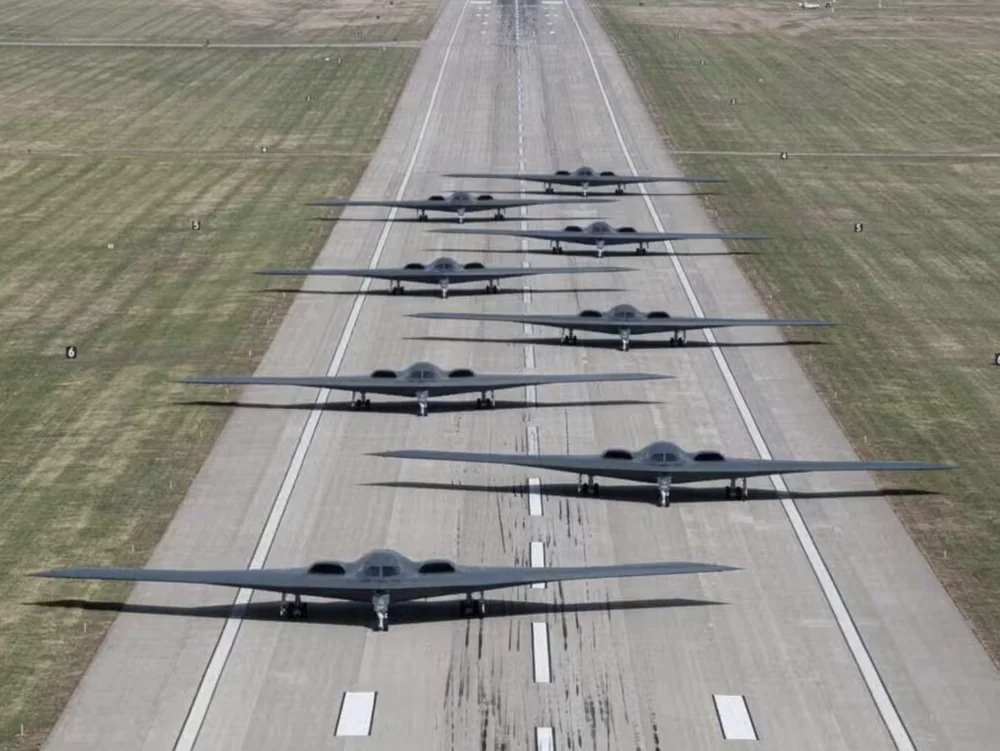
Air strike operations
Stealth aircraft are crucial in combat air operations, such as attacking enemy targets, escorting bombers, and countering air defense systems. Their ability to avoid radar detection allows them to approach targets stealthily and conduct precise attacks with minimal risk of being shot down.
Due to their capability to remain undetected, stealth aircraft are used for pinpoint strikes on critical enemy infrastructure. For example, the F-117 Nighthawk successfully performed missions during Operation Desert Storm in 1991, targeting key military sites in Iraq. Similarly, the B-2 Spirit was used for strikes against important targets during the wars in Yugoslavia and Afghanistan.
Protection and support of ground forces
American stealth fighters also play a crucial role in protecting and supporting ground forces. Due to their invisibility, they can effectively patrol areas, conduct real-time reconnaissance, and track enemy movements. Stealth aircraft can also provide fire support to engage enemy targets on the battlefield. Their ability to avoid detection allows for precise strikes, minimizing the risk of accidentally targeting friendly forces.
One of the key missions of stealth aircraft is to suppress enemy air defense systems. They can penetrate enemy airspace to destroy radars and missile systems, ensuring the safety of other aircraft and military units. Stealth aircraft are also used for delivering special cargo or conducting other military operations where avoiding detection is essential. For example, a stealth aircraft might deploy special forces into enemy territory or drop precision-guided munitions on a strategic target.
Psychological impact on the enemy
The presence of stealth aircraft can have a significant psychological impact on the enemy. Knowing that these aircraft can appear anywhere and at any moment, striking from unexpected directions, lowers the enemy’s morale and forces them to spend more resources on defense.
Stealth aircraft are often used during military exercises to showcase power, demonstrating military strength and technological advancement. This can serve as a deterrent to potential adversaries and strengthen alliances with allies.
The use of stealth aircraft has greatly expanded the capabilities of military forces, enabling them to carry out complex operations with high effectiveness and minimal losses.
Read also:
- Boeing and Antonov to Collaborate on Defense Projects
- U.S. is Bringing Retired B-1B Bombers Back into Service
The best stealth aircraft
Several aircraft are considered the best in the field of stealth technology. The most renowned and valued are the American F-22 Raptor and F-35 Lightning II. Both aircraft feature advanced technologies, first-phase stealth capabilities, and a wide range of combat functions. Other notable stealth aircraft include the Russian Su-57 and the Chinese J-20, which also utilize stealth technology to minimize detection.
According to official statistics, the United States has the largest fleet of stealth fighters, with approximately 600 units. China ranks second, with around 150 units according to South China Morning Post.
Choosing the best stealth aircraft depends on various factors, including specific operational needs and customer requirements.
The first stealth aircraft F-117 Nighthawk
The F-117 Nighthawk is a symbol of stealth technology. Its shape seems to defy aerodynamic principles, and its developers initially referred to it as a “hopeless diamond” with highly questionable functionality. However, the prototype not only passed tests but also had approximately a thousand times lower radar cross-section than a drone. Several factors contributed to its success, including the absence of onboard radar, hiding the engines within the fuselage, and covering the exhaust openings. However, the most crucial element was the surface design, composed of angled plane fragments that scattered radar waves in various directions. Additionally, the surface coating absorbed some of the radio waves. This was indeed a revolutionary and highly secret project, developed entirely in secrecy. Even the pilots operating the aircraft were unaware of all the project details. The F-117 Nighthawk used technology that made it nearly invisible to radar, allowing it to penetrate deep into enemy territory undetected. One of the first combat uses of the F-117 was during Operation Desert Storm in Iraq in 1991, where it demonstrated its effectiveness.
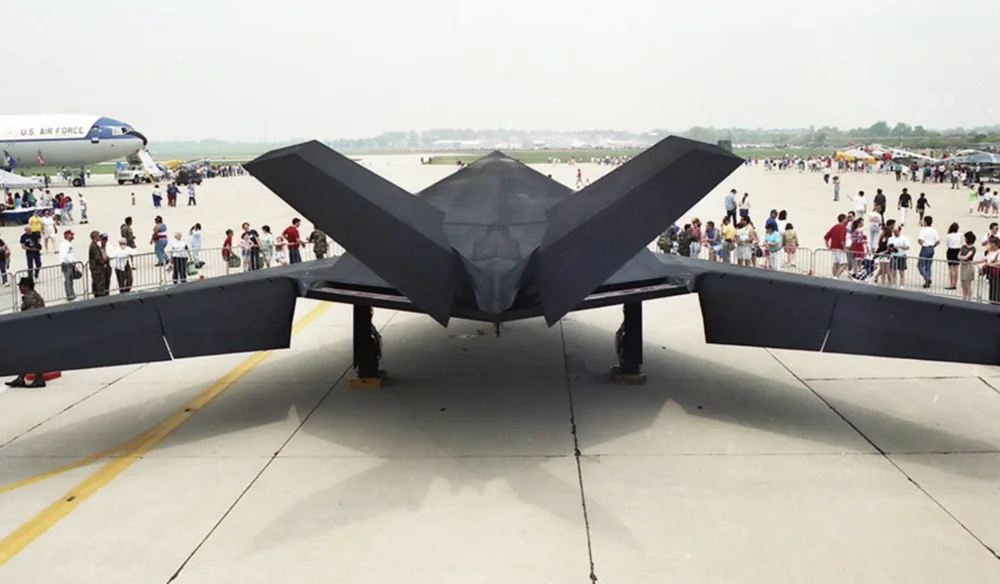
Although the F-117 Nighthawk had a storied history, it also experienced setbacks. In 1999, during the conflict in Yugoslavia, one of the F-117s was shot down by Serbian air defense forces. This was a significant shock to the U.S., as stealth aircraft were considered nearly invulnerable. It was later discovered that the Serbs had managed to detect the aircraft using an old Soviet-era air defense system, which led to its downing. The wreckage of the aircraft was collected and became a crucial source of information for military experts.
B-2 Spirit – “Ghost” in the sky
The Northrop Grumman B-2 Spirit is a renowned strategic bomber and one of the most expensive aircraft in the world. It was specifically designed to evade radar detection, enabling it to undertake high-risk missions. Its bat-like wing shape helps minimize radar wave reflection. The aircraft is covered with radar-absorbing materials, and its engines are positioned to reduce the heat signature. These technologies allow the B-2 to penetrate enemy airspace stealthily and effectively.
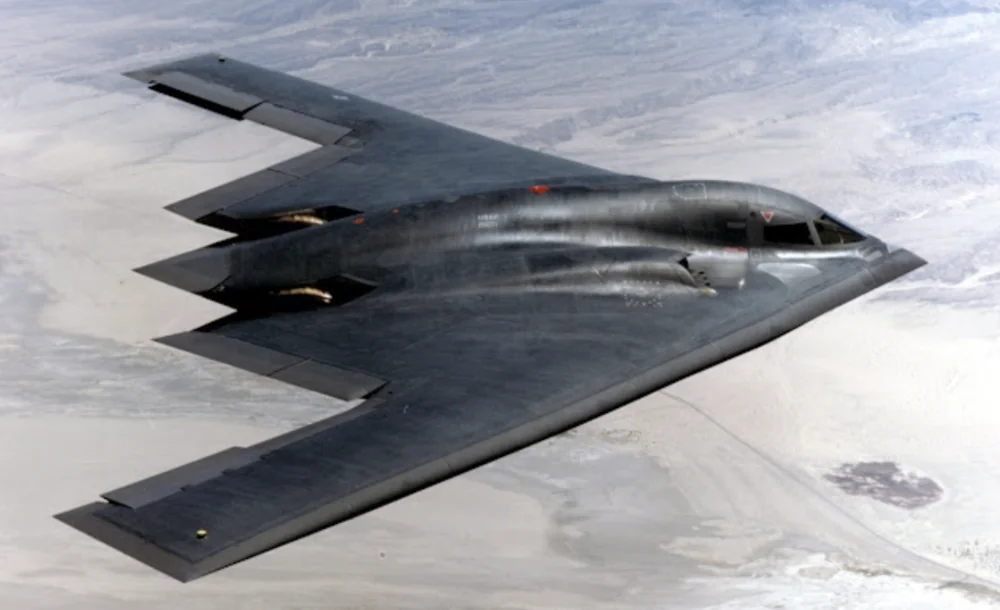
The B-2 Spirit’s primary mission is strategic bombing, capable of carrying both conventional and nuclear weapons, making it a key element of the U.S. nuclear deterrent. Its design allows it to perform long-range missions without requiring refueling, enabling strikes against targets anywhere in the world.
The B-2 Spirit has demonstrated its effectiveness and reliability in various military conflicts. Notably, it was involved in Operation Allied Force in Yugoslavia in 1999, delivering precision strikes on critical targets. It also played a significant role in Operation Iraqi Freedom in 2003, targeting strategic objectives such as command centers and bunkers.
F-22 Raptor
The Lockheed Martin F-22 Raptor, introduced into service in 2005, is a state-of-the-art multi-role stealth fighter known for its impressive maneuverability and power. Its advanced stealth capabilities make it one of the most effective fighters in the world.
The F-22’s stealth is achieved through its unique aircraft shape, radar-absorbing materials, and minimized heat signature. These features enable the Raptor to penetrate deep into enemy territory and perform missions with a reduced risk of detection. One of its notable successes was its participation in Operation Inherent Resolve in Syria in 2014, where the F-22 effectively conducted operations amidst intense air defense systems.

The F-22 Raptor boasts incredible maneuverability thanks to its thrust vectoring. The aircraft’s engines can adjust the direction of thrust, enabling it to perform complex aerial maneuvers. This makes the F-22 highly effective in air combat, allowing it to quickly change course and evade enemy missiles.
F-35 Lightning II
The F-35 Lightning II is a multirole fifth-generation fighter designed to provide air superiority, conduct strike missions, and perform reconnaissance and surveillance. It is one of the most advanced aircraft in the world. The F-35 employs cutting-edge stealth technology to reduce radar visibility, achieved through specialized materials, the aircraft’s shape, and internal weapon bays. This fifth-generation stealth aircraft is equipped with modern sensors and data collection systems, allowing the pilot to receive a comprehensive picture of the battlefield in real time. The ALIS (Autonomic Logistics Information System) monitors the aircraft’s status, simplifying management and maintenance.

The F-35 Lightning II also boasts high maneuverability due to its advanced aerodynamic features and powerful engine. This enables it to perform effectively in both air combat and ground strikes.
The F-35 is in service with several countries, including the USA, the UK, Israel, Italy, Australia, and Japan. The aircraft has already participated in several military operations, demonstrating high effectiveness and reliability.
Chengdu J-20
The J-20, also known as the Chengdu J-20, is a Chinese fifth-generation fighter developed by Chengdu Aerospace Corporation for the People’s Liberation Army Air Force of China. It is the first Chinese stealth aircraft to enter service, marking a significant advancement in China’s military technology.
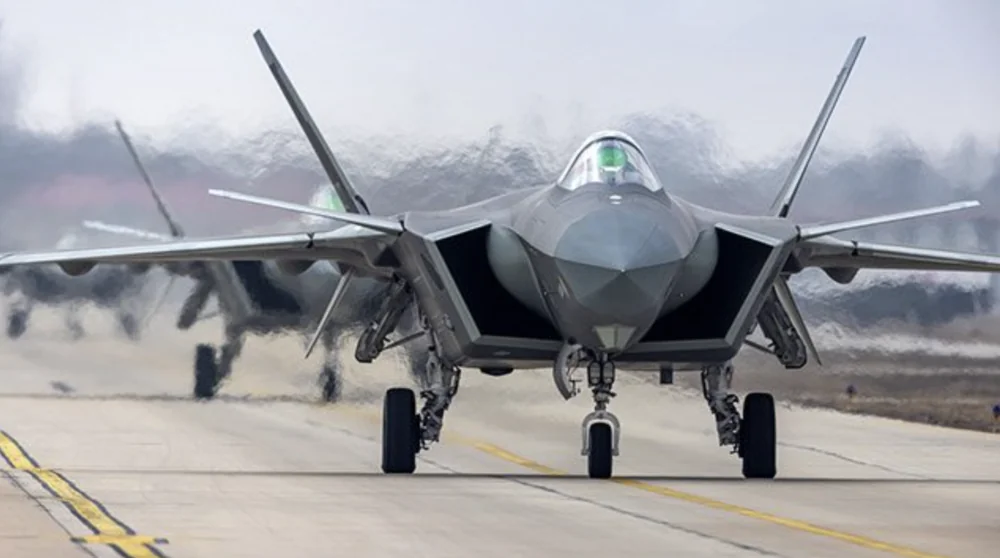
The J-20 employs advanced stealth technologies to reduce its radar visibility. This is achieved through:
- A specialized airframe shape that reduces radar cross-section.
- Use of radar-absorbing materials.
- Internal weapon bays that help maintain aerodynamic performance and further reduce detectability.
The J-20 features high maneuverability thanks to its aerodynamic design and powerful engines. However, earlier versions faced issues with engine reliability and performance, but China is continuously working on improving its domestically produced WS-15 engines.
The J-20 is often compared to other fifth-generation stealth fighters like the American F-22 Raptor and F-35 Lightning II. While the J-20 may fall short in certain areas, such as maneuverability and technical maturity, it offers advantages in other respects, including a longer range and the capability to carry a larger payload of weapons.
Read also: Ukrainian Forces Shot Down Russian Su-25 Attack Aircraft in Donetsk region
Restrictions for stealth aircraft
The belief that stealth aircraft are completely invisible to radar is a misconception. This technology is designed to delay detection as much as possible rather than make the aircraft entirely undetectable. Furthermore, various warfare scenarios may not require the use of stealth resources. History has shown repeatedly that the desired effects can often be achieved without them.
It’s important to keep this in mind because while stealth technology provides significant advantages, it is not a panacea. Different situations may call for different strategies and tools, and sometimes conventional methods can be just as effective.
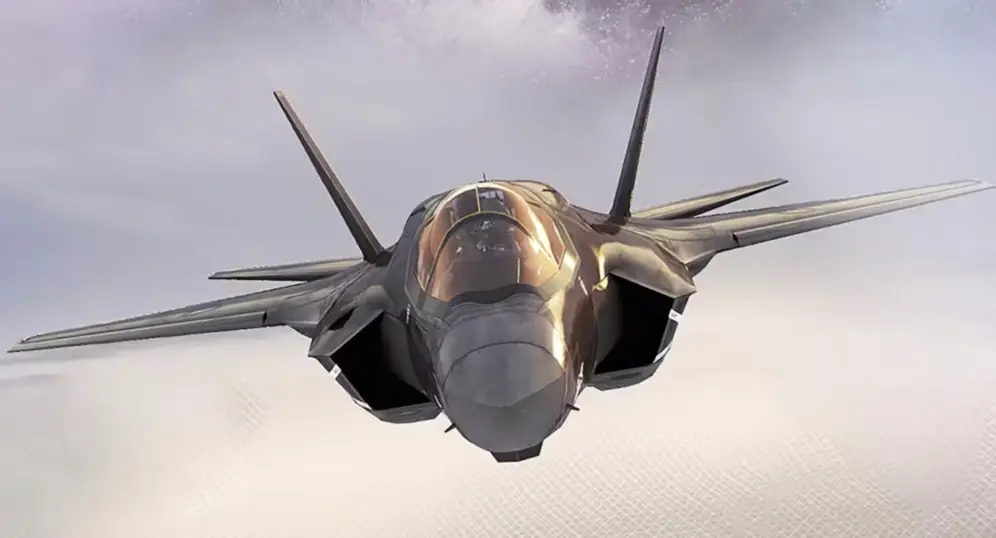
Stealth aircraft have limitations in payload capacity and maneuverability. Their construction is meticulous, complex, and expensive, requiring both costly equipment and the expertise of top industry specialists. Even a tiny gap between panels can make the aircraft detectable. For instance, the F-22 Raptor has a manufacturing tolerance of 1/10,000 inch.
Read alsо: Greece to Acquire 20 F-35 Lightning II Fighters
Is it possible to detect an “invisible” aircraft?
Stealth aircraft are designed to minimize radar detection. Although they are not completely invisible, the goal is to significantly reduce their radar signature and make detection much more difficult. However, modern radars with advanced capabilities can, under certain conditions, detect stealth aircraft.
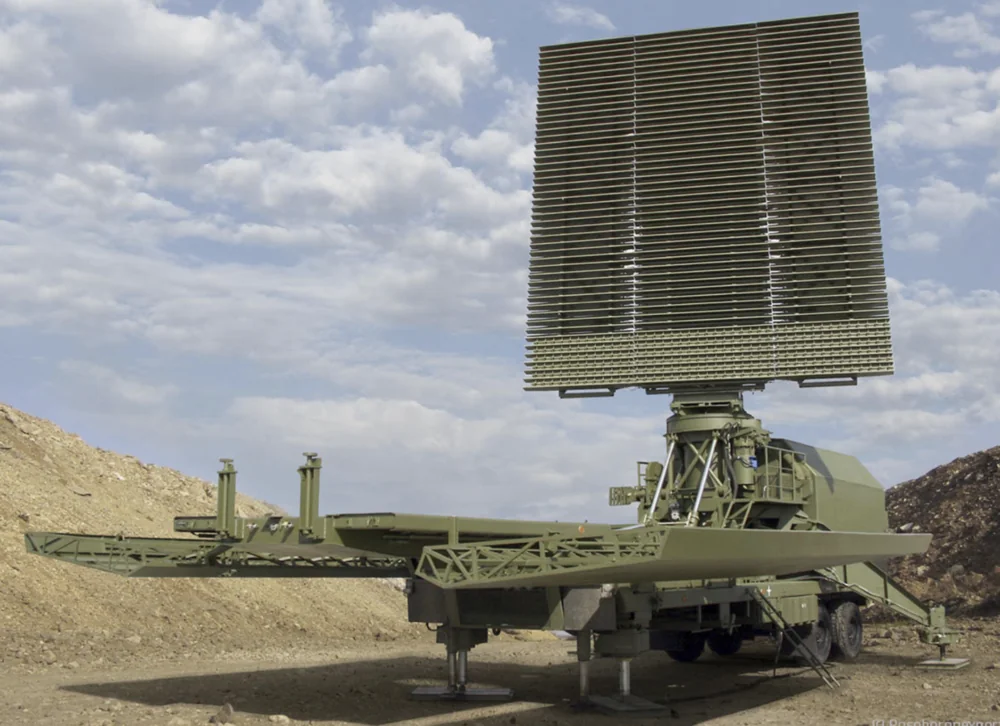
Stealth aircraft play an exceptionally important role in modern military operations due to their ability to remain invisible to enemy radars and detection systems, providing a significant advantage in conflicts.
The development and production of stealth aircraft drive advancements in cutting-edge technologies and scientific research. This promotes progress in fields such as aerodynamics, materials science, and electronics, which positively impacts the defense industry and the economy as a whole.
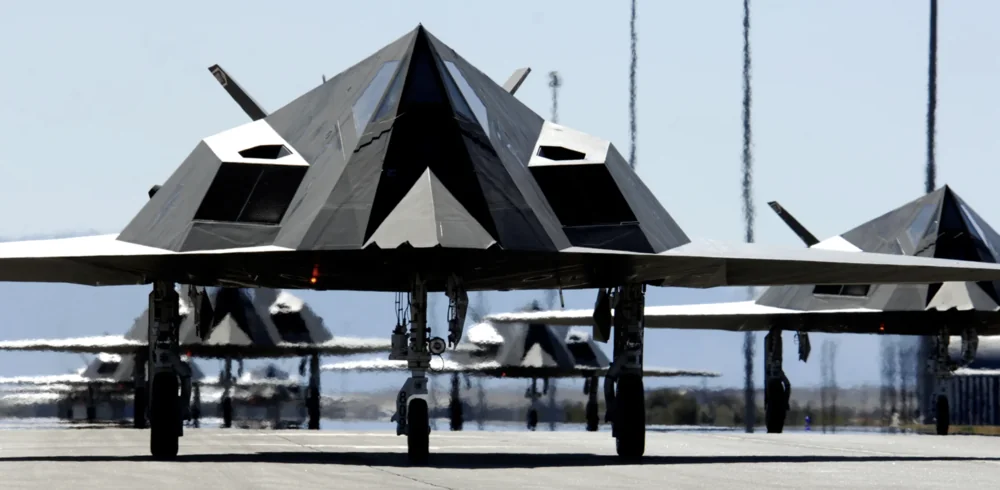
Thanks to the introduction of stealth technologies, stealth aircraft are an integral part of modern armed forces, providing a technological advantage and efficiency in performing complex military tasks.
Read also:


